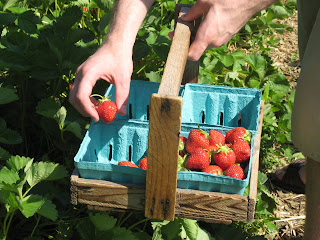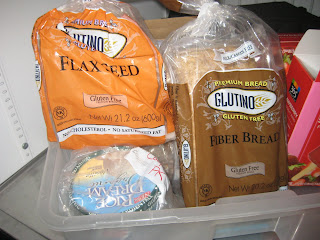Though not a glamorous topic, dishwashing is a big piece of the puzzle to improving school lunch. Cooking from scratch uses lots of pots and pans, and more of the kitchen's resources need to go towards washing those items. For example, replacing a frozen pre-panned mac-and-cheese requires us to boil lots of pasta and make a cheese sauce using pots and pans that we need to wash at the end of the day. It’s a lot harder than dishing out the thaw-and-serve version in foil pans.
My school used a huge chunk of our equipment budget this year purchasing
a new commercial dishwasher when our previous one broke down.
Time is a big issue. Someone’s time needs to go toward washing dishes instead of serving or preparing lunch. Another concern is space. With increased use of pots and pans, there needs to be enough space in the dish washing area to hold the pans before and after they go through the dishwasher.
In an effort to be more environmentally friendly, my school kitchen stopped using paper plates, foam bowls, and plastic utensils. Now there's even more dishwashing and little space for it. We’re bulging at the seams.
A school nearby recently unveiled a new and spacious kitchen that costs hundreds of thousands of dollars. I hear that their salad prep room compares in size to that of my school’s entire kitchen. But that new kitchen lacks a commercial dishwasher. This suggests that they produce tons of trash with the daily use of disposable plates and utensils and that they aren’t aiming to produce their food in-house, which usually warrants the expense of a commercial dishwasher.
On Monday: some pictures of our dishwashing area in action and more about how my school switched from disposable dining-ware to reusable stuff.
****
The Behind the Kitchen Door Series is a collection of pieces about the different component that make up my school kitchen. The reason I’m writing these pieces is to shed some light on how my school is making improvements to our school lunch. I covered the salad bar last week in two posts,
The Salad Bar and
More About the Salad Bar. Next week I'll write about the soup bar.








































